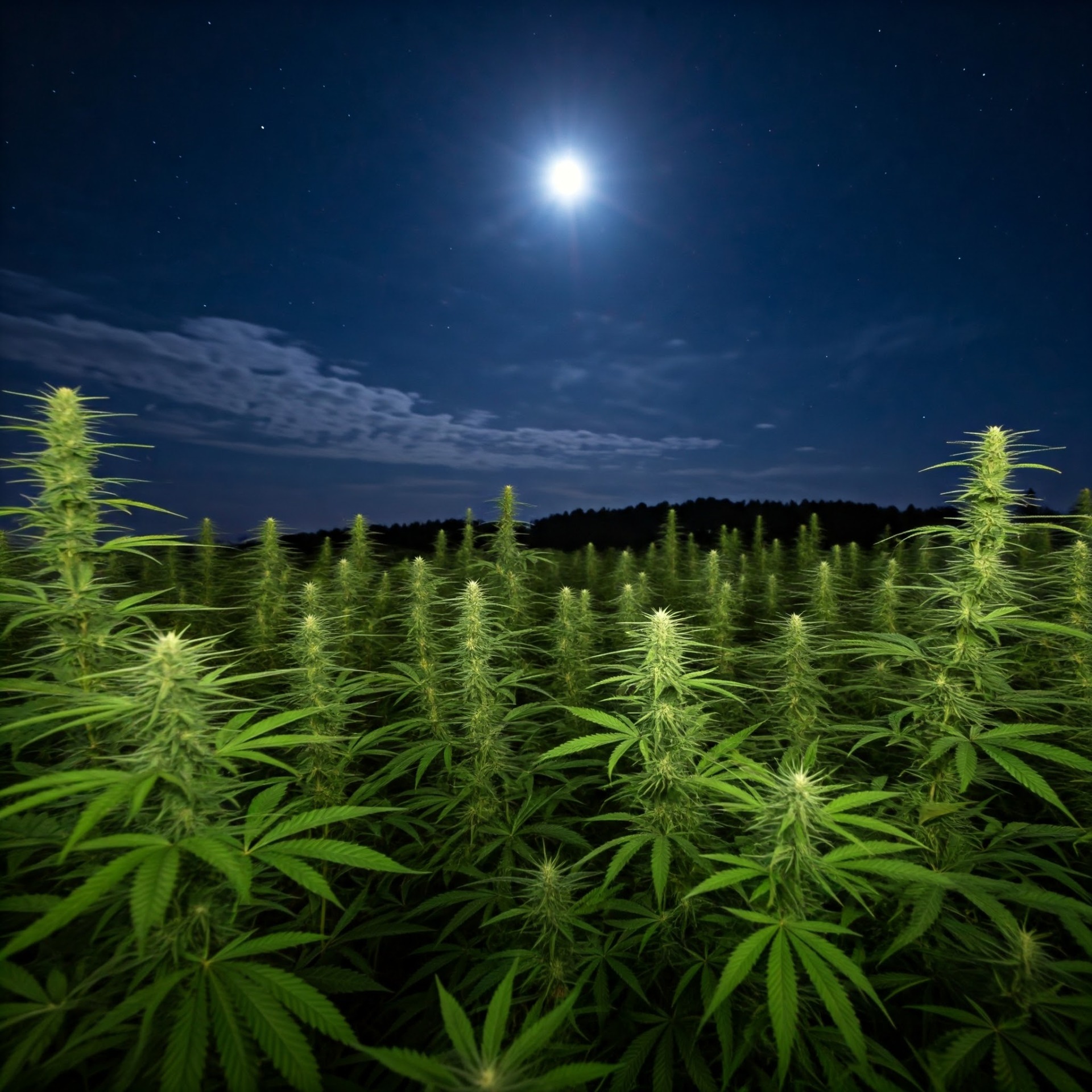
Making Cannabutter
Making CannaButter
Decarboxylation, often abbreviated as "decarb," is a crucial step in activating the therapeutic properties of cannabis. This process involves heating cannabis flower to convert THCA (tetrahydrocannabinolic acid) into THC (tetrahydrocannabinol), the psychoactive compound responsible for the "high."
Here's a simple guide to decarboxylating cannabis:
Preparation:
- Grind the cannabis: Break down the cannabis flower into smaller pieces for even heating.
- Preheat oven: Set your oven to a low temperature, typically between 220-240°F (104-116°C).
Decarboxylation:
- Spread evenly: Spread the ground cannabis evenly on a baking sheet lined with parchment paper and cover tightly with aluminum foil.
- Bake: Place the baking sheet in the preheated oven.
- Time: Bake for 30-45 minutes, checking occasionally to prevent burning.
Cooling:
- Allow to cool: Once decarboxylated, remove the baking sheet from the oven and let the cannabis cool completely before proceeding
Making Cannabutter
Once your cannabis is decarboxylated, you can use it to make cannabutter. Here's a basic method:
- Combine ingredients: In a saucepan, combine the decarboxylated cannabis with melted unsalted butter.
- Simmer: Using the double broiler method (place the pan with the butter and cannabis in a larger pan with water and Gently simmer the mixture over low heat for 2-3 hours, stirring occasionally.
- Strain: Carefully strain the mixture through a fine-mesh sieve or cheesecloth into a heat-safe bowl.
- Cool and store: Allow the cannabutter to cool completely before storing it in an airtight container in the refrigerator.
Important Notes
- Temperature Control: Accurate temperature control is crucial for successful decarboxylation. Using an oven thermometer can help ensure consistent results.
- Potency: The potency of your cannabutter will depend on the strength of the cannabis used.
- Start Low, Go Slow: When consuming edibles, it's essential to start with a very low dose and wait at least 2 hours before consuming more to assess the effects.
Disclaimer: This information is for educational purposes only and does not constitute medical advice. Cannabis laws vary by location. Always consult with local laws and regulations before engaging in any cannabis-related activities.


